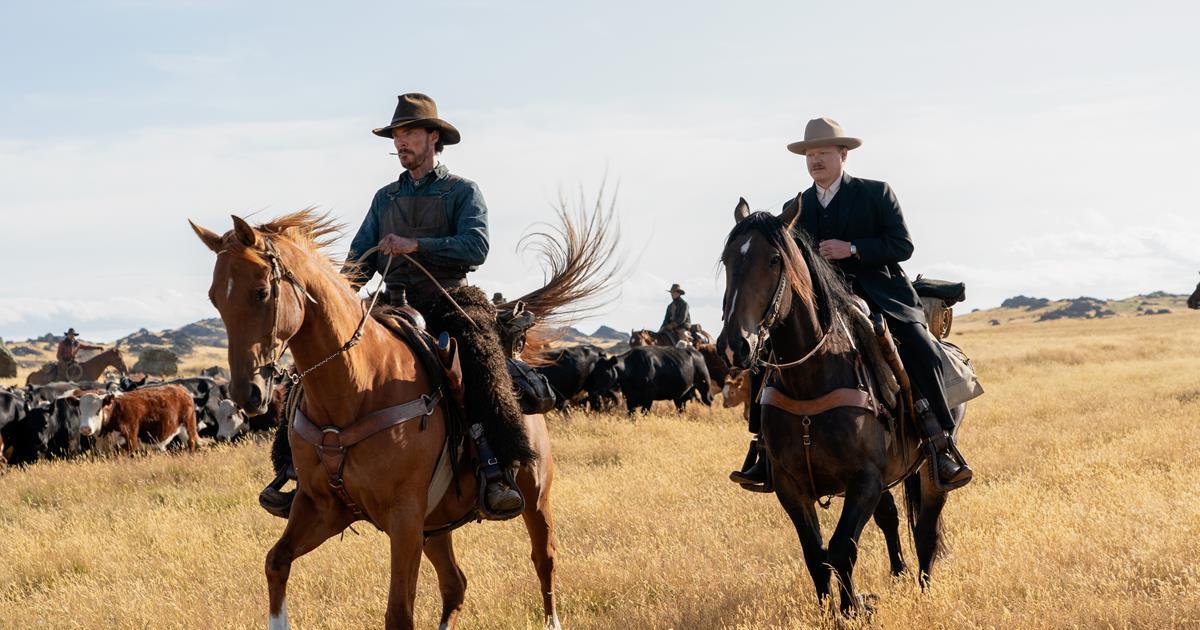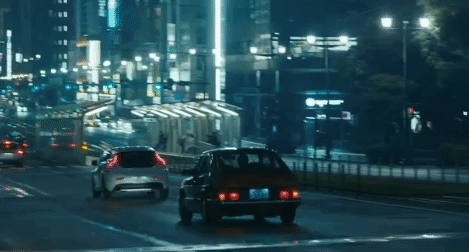
It’s been quite a year for Japanese auteur Ryusuke Hamaguchi. Two of his films have gained international plaudits and multiple awards, Wheel of Fortune and Fantasy and Drive My Car.
The former film won the Jury Grand Prize at Berlin, while the latter, which was based on a short story by Murakami Haruki, took three prizes at Cannes, including best screenplay for Hamaguchi and co-writer Oe Takamasa. (Hamaguchi also co-scripted Kurosawa Kiyoshi’s AFA-winner Wife of a Spy.)
Remarkably, Hamaguchi completed both films during the COVID-19 pandemic, says Deadline’s Matt Grobar. “The outbreak of the pandemic shuttered production on Drive My Car for a period of eight months, and while Hamaguchi says he found it hard to balance both projects amidst the circumstances, he notes that they weren’t all bad in the end, given the added time they gave him to meditate on each,” he writes.
Grobar explores the film (Japan’s official Oscar entry) in more detail during a video panel with Hamaguchi via an interpreter:
READ MORE: Director Ryusuke Hamaguchi Interview — Contenders (Deadline)
Before his 2015 breakthrough film, Happy Hour, his films struggled to find distribution, and many are still hard to come by outside Japan. “At best, they may periodically resurface as part of retrospectives,” Ren Scateni commented at HyperAllergic.
But there’s a definite method to how Hamaguchi constructs his stories. Scateni continues her analysis, “Throughout the years, Hamaguchi has developed a peculiar directorial approach, which draws from both stage production and nonfiction filmmaking.
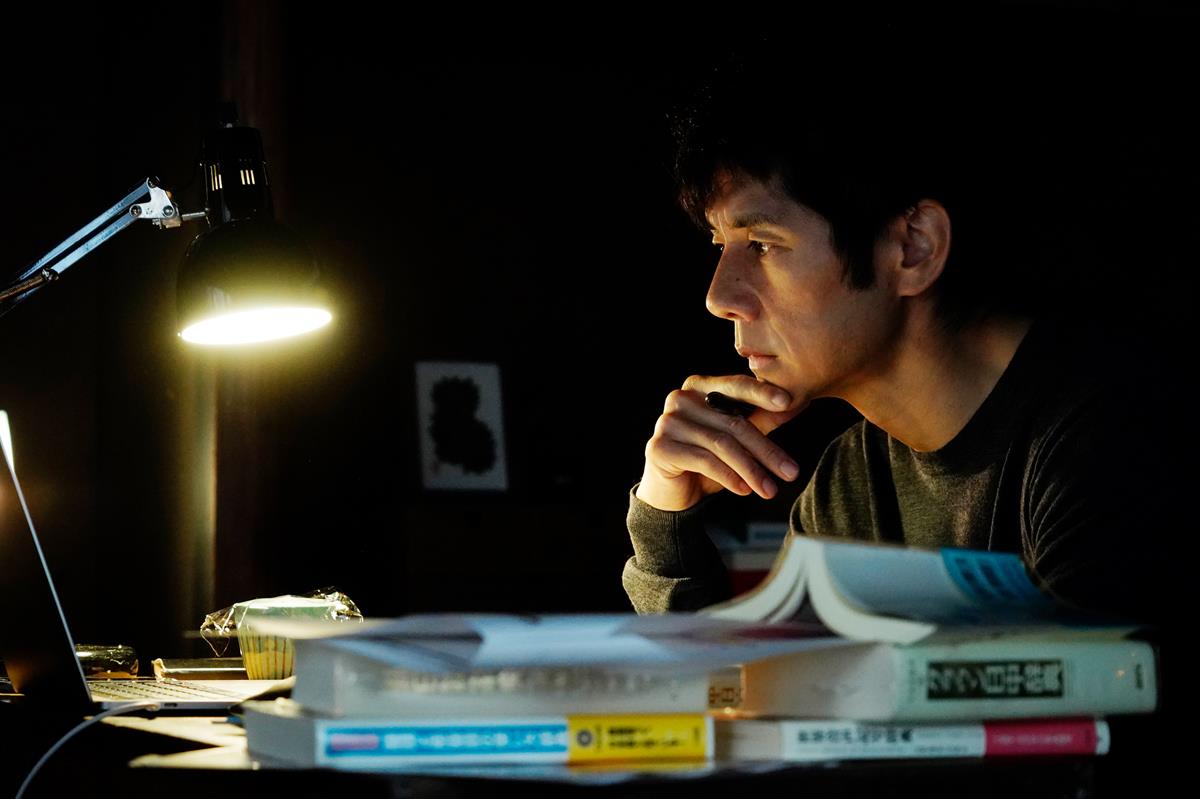
“He then combined this with a documentary sensibility, informed by the trilogy of films he made with Kō Sakai about survivors of the 2011 Tōhoku earthquake and tsunami — a disaster that echoes through the rest of his filmography, from Asako I & II to Drive My Car.”
READ MORE: Ryūsuke Hamaguchi’s Unusual Approach to Filmmaking (HyperAllergic)
Drive My Car tells the story of Yusuke Kafuku, a renowned stage actor and director. Two years after his wife’s unexpected death, he receives an offer to direct a production of Uncle Vanya at a theater festival in Hiroshima. There, he meets Misaki Watari, a taciturn young woman assigned by the festival to chauffeur him in his red Saab 900.
As the production’s premiere approaches, tensions mount amongst the cast and crew, not least between Yusuke and Koji Takatsuki, a handsome TV star who shares an unwelcome connection to Yusuke’s late wife. Forced to confront painful truths raised from his past, Yusuke begins — with the help of his driver — to face the haunting mysteries his wife left behind.
In Dazed, Nick Chen describes the film as “a drama filled with secrets, infidelity, and increasingly complex human relationships,” noting that it follows the Japanese director’s “triptych of twisty, talky stories,” Wheel of Fortune and Fantasy.
“The purpose was to make a long movie and short movies, alternating,” the director tells Chen. “The short movies could be a revision of the long movie, or prep for the long movie. With these three stories in Wheel of Fortune, I tried things I could foresee as obstacles in Drive My Car.”
Chen acknowledges that Drive My Car will be for many viewers their first taste of Hamaguchi’s subtle, slow-burn storytelling. “The recurring image, as suggested by the marketing, is of Yūsuke and Misaki in the vehicle. Despite the seemingly mundane setting, Hamaguchi transforms these Rohmer-esque conversations into cinematic set-pieces. During one tense interaction, the car speeds through a tunnel, picking up the sound of a vacuum; the vehicle then emerges into a snowy landscape to symbolize their emotional catharsis.”
READ MORE: Ryūsuke Hamaguchi: ‘Creativity can be born out of sexual desire’ (Dazed)
Making Drive My Car wasn’t even Hamaguchi’s idea in the first place. “My producer, Akihisa Yamamoto, called me up and said, “Hey, why don’t we adapt a Haruki Murakami story?” the director told The Hollywood Reporter’s Patrick Brzeski at the Cannes Film Festival. “I thought it was an interesting idea, and we agreed that it would be easier to adapt one of his short stories rather than a full novel.
“The characters appealed to me,” the director continues. “So there’s Kafuku, the main character, and Misaki, who’s the driver. They’re not people who initially make their emotions very apparent. They’re the kind of people who are reluctant to talk about their feelings. However, in the car, in this closed space, they begin to open up about their internal thoughts, their internal lives.”
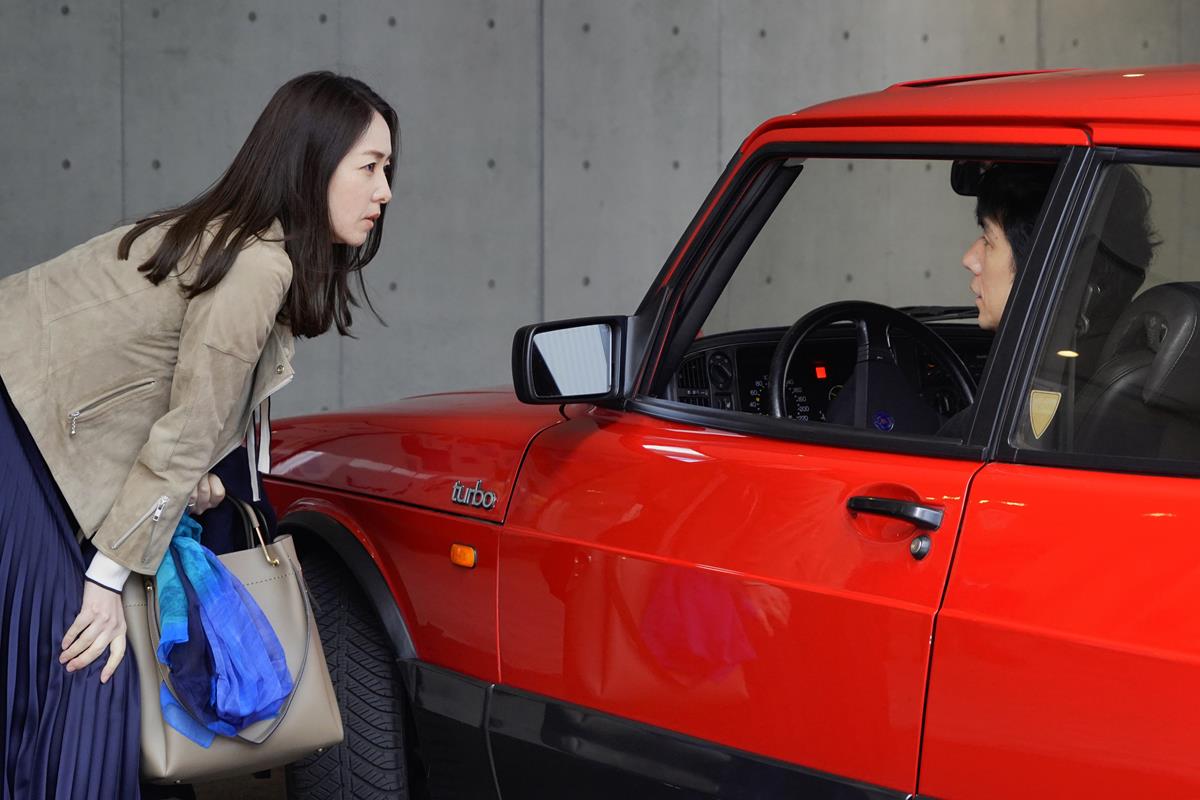
Hamaguchi feels that words and dialog “on their own aren’t necessarily very appealing in a film,” he says.
“But cinema is about movement, so in a very simple way, once you put these ideas into a mode of transportation — a train, a car etc. — suddenly it’s all more watchable,” he adds. “Suddenly there’s the sense of a destination that arises. Also, by having the characters spend a lot of time in one space, I also realized that the changes in their relationship become more visible against that continuous backdrop.”
READ MORE: Cannes: Japan’s Ryusuke Hamaguchi on Adapting Murakami for ‘Drive My Car’ and Vehicles as Confession Booths (The Hollywood Reporter)
In another interview from Cannes, Hamaguchi told Variety’s Rebecca Davis that his past works have often been described as “really chatty” due to their numerous long, meandering exchanges.
“Here, in his largest-scale production to date, it’s the unspoken subtext that steals the show,” says Davis.
LIGHTS, CAMERA, ACTION! SPOTLIGHT ON FILM PRODUCTION:
From the latest advances in virtual production to shooting the perfect oner, filmmakers are continuing to push creative boundaries. Packed with insights from top talents, go behind the scenes of feature film production with these hand-curated articles from the NAB Amplify archives:
- Savage Beauty: Jane Campion Understands “The Power of the Dog”
- The Silence and Sounds of “Memoria”
- “Parallel Mothers:” How Pedro Almodóvar Heralds the New Spanish Family
- “The Souvenir Part II:” Portrait of the Artist As a Young Woman
- Life Is a Mess But That’s the Point: Making “The Worst Person in the World”
“A big theme of mine is really about how communication doesn’t necessarily arise only because there are words,” Hamaguchi says. “I think a lot about how I can effectively use silences in my films, because to me, silence doesn’t necessarily mean two people are not communicating or have no relationship.”
“For Hamaguchi no character embodies his interest in the eloquence of wordlessness better than the character Lee Yoon-a, a mute actress that Kafuku selects to star in his play,” observes Davis. “Through sign language and an almost seraphic beatitude, she delivers some of the film’s most moving moments.”
READ MORE: Hamaguchi Ryusuke’s Cannes Entry ‘Drive My Car’ Explores the Silence Beneath Everyday Chatter (Variety)
AFI Festival programmer Malin Kahn spoke with Hamaguchi during a Q&A for the 2021 AFI Fest, describing the film as an epic examination of loss: “With a delicate emotionality, Hamaguchi explores what is left behind when a love is lost, and a city is decimated.”
In his podcast and article for NPR, Anthony Khun’s take is that Drive My Car is a story of revelation.
Khun notes that the complex layered three-hour movie is adapted from Murakami’s short story, but which Hamaguchi describes as “a big story, of which only little bits are shown, and other parts are hidden.” Hamaguchi’s approach, explains Khun, is to reveal the hidden parts to us, “like excavating ruins.”
Khun points out scenes where Hamaguchi focuses on revealing the characters’ emotions. He quotes the director as saying he never used to believe “the camera has X-ray eyes, and it can even film a person’s soul.” Hamaguchi gradually came to see it that way as he worked on the film, and he hopes the film’s viewers will too.
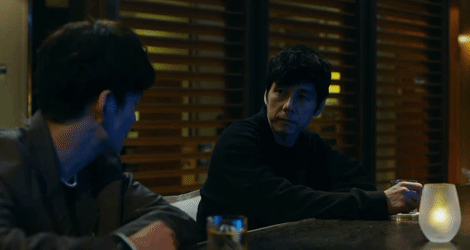
READ MORE: Japan’s Oscar-nominated ‘Drive My Car’ is a journey through loss, grief and art (NPR)
For The New York Times, Nicolas Rapold interviewed the director at the offices of Janus Films, one of the distributors of Drive My Car. He reports that while Hamaguchi feels Murakami’s writing is wonderful at expressing inner emotions, “it’s really difficult to re-create those inner feelings in film.”
“Fundamentally, I don’t think that Murakami’s works are made for adaptation,” Hamaguchi adds.
However, Rapold is of the opinion that the film both puts a fresh spotlight on Hamaguchi as a major talent and “seems to crack the code in adapting Murakami.”
Hamaguchi’s adaptation also had Murakami’s permission to adapt the book as a film, which was not always the case, reports Rapold. The writer, apparently surprised that the film was three hours long, bought a ticket to see Drive My Car at a local cinema.
“I was drawn in from beginning to end,” Murakami told Rapold. “I think that this alone is a wonderful feat.”
READ MORE: Haruki Murakami and the Challenge of Adapting His Tales for Film (The New York Times)
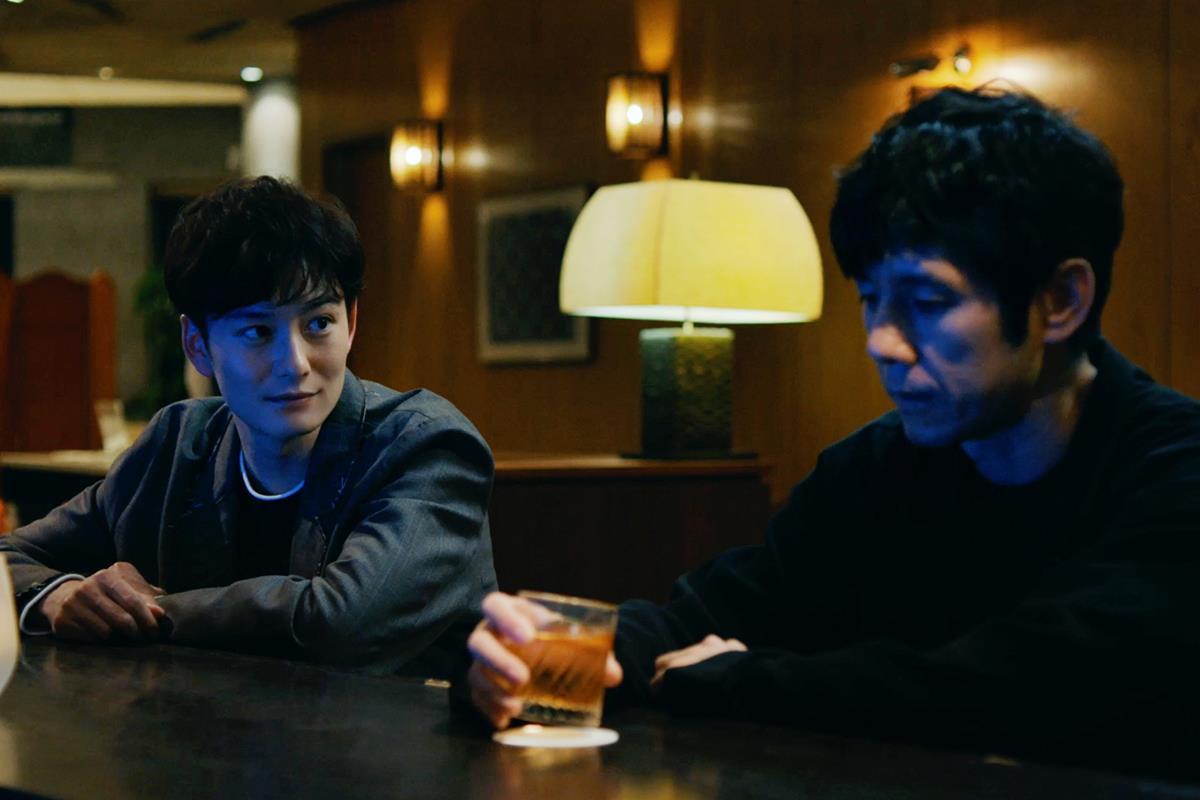
As well as talking to Hamaguchi, David Canfield gets the insider view on the film for Vanity Fair with contributions from actor Hidetoshi Nishijima (Yūsuke Kafuku), editor Azusa Yamazaki, and Eiko Ishibashi, the musician who scored Drive My Car.
“[Hamaguchi] told me that I should be on set as a director watching the other performers — he kept saying that, by having me watch the other actors, they would perform miracles,” Nishijima tells Canfield. The director gave the actor and his co-stars backstories that were not in the script, but that served to ground them in their roles. He also made them run through the script over and over without any emoting allowed.
“We have this tendency as actors to read the script in a way where we’re thinking, ‘Okay, why is he feeling this way? How is he feeling this way?’” Nishijima says. “What we did here, though, is hear the words almost as sound. The meaning of the words started to unconsciously seep into the body.”
For Ishibashi, “the script itself felt like a big epic poem, in a lot of ways, imbued with many human histories.”
“It was like I was making music to this kind of poem,” she tells Canfield, while Yamazaki reveals that the director wanted the film edited like a documentary. Shots weren’t planned out, but instead were captured from several angles, an exploratory process that led to continuous discovery in the editing room.
READ MORE: The Lifelike Triumph of ‘Drive My Car’ (Vanity Fair)
Filmmaker Magazine, in its interview with Hamaguchi, wanted to explore his theater and documentary inclinations. “Through the theater milieu, Drive My Car gets fairly deep into the weeds on the process of directing actors, and it lead me to reflect on how you approach staging and establishing trust.”
Hamaguchi’s answer reveals his method, “Generally speaking, I will ask my cast to read the script multiple times until the whole script becomes almost spontaneous for them.
“What I try to keep in mind is to give the actor the best environment, the best situation for them, so that they can be relaxed in front of the camera. I think standing in front of the camera is a scary experience, and even though you get used to it, there will always be an amount fear that will remain. But with this fear, I try to give them the best conditions possible.
“Once we have this trusting relationship, I just give them the freedom of doing what they feel like doing.
“When we are actually shooting the film, the actors don’t really have a choreography in each and every scene. They’re quite free. Of course, we have general rules of ‘it starts here and ends here and this is the thing you have to do,’ but otherwise actors are really free to move and express what they feel at that moment.
“In this movie the cameraman’s framing was pretty much perfect even in unpredictable situations. And each time you are able to make a good image, I always think it’s a coincidence, because the fact that the framing was good at that moment or the emotional communication was good at that moment is always a coincidence.”
READ MORE: “You Never Know When You Will Have a Great Image”: Ryusuke Hamaguchi on Drive My Car (Filmmaker Magazine)
Drive My Car is known for the curative power of moving (in this instance inside a Saab 900) and how it wrests the secrets from the car’s inhabitants in the movie. Hamaguchi cites Iranian filmmaker Abbas Kiarostami as his inspiration. “His films have very striking scenes where there’s a driver and the surroundings are changing a lot. And at the same time, the relationships between the characters are changing as well.
“I began to think that this image was somehow a condensation of life. It’s also the same with Wim Wenders and all of his transportation scenes, where a relationship changes and the fact that the surroundings change at the same time helps you understand that something is evolving. This is what inspires me the most.”
Variety reported that the two award-winning Hamaguchi films have won over not only foreign festival programmers and critics, who have given them rave reviews, but also buyers in markets not often friendly to Asian art films. One is Italy, where local distributor Tucker Film released Wheel in August and Drive My Car in September, starting in Rome.
Head of acquisitions Sabrina Baracetti, who is also the director of the Udine Far East Film Festival, where Wheel In August screened in late June, cites the Western-style theatricality of the film’s three-part structure, while comparing Hamaguchi’s “mastery of spoken cinema” to that of postwar Golden Age titans Ozu and Naruse.
“But he also reminds me of Ingmar Bergman, with whom he shares a power of dialogue, in both words and silences,” she adds. “Hamaguchi is a director and scriptwriter who knows how to harmonize the spirit of East and West, that’s the reason why his cinema has an appeal to Italian audiences.”
READ MORE: Why Hamaguchi Ryusuke Has an Appeal That Stretches Beyond Asia (Variety)
Speaking of directors, the Busan International Film Festival (BIFF) hosted a Special Talk where Oscar-winning Parasite director Bong Joon Ho with Hamaguchi after gala screenings of Wheel of Fortune and Fantasy and Drive My Car. English translation is voiced over Korean and Japanese consecutive interpretation of the live event:
Screen Daily’s Jean Noh reports from the Special Talk between the directors at BIFF, where she recounts how, when asked about how he cast the actors in Wheel Of Fortune And Fantasy and Drive My Car, Hamaguchi told Bong: “I don’t really make actors act in an audition. I chat with them for about an hour. I want to work with people who are interesting when they are talking and who speak their hearts and minds. I think it’s more important that they are showing me their real selves than whether they can act well or not.”
Bong agreed, noting the successful ensemble in Hamaguchi’s Happy Hour with non-professional actors: “I don’t like giving actors a photocopied page of a script and telling them to try it out under fluorescent lights. It’s awkward. I talk to them for 30 minutes to an hour in the office while sharing coffee, and I can see their acting in other films or in plays. That’s how I cast Park Myung-ho, the man in the basement in Parasite. I saw him in a Korean independent film that I liked.”
According to Noh, both directors agreed rehearsal and repetition helped preparing actors to be more at liberty on set, which Hamaguchi said was his way of dealing with anxiety.
READ MORE: Bong Joon Ho, Ryusuke Hamaguchi talk influences, casting and shooting in cars (Screen Daily)
You can also watch the two masters discuss their craft, with English interpretation, on The Film Stage website.
WATCH: Watch a Two-Hour Conversation Between Bong Joon Ho and Ryusuke Hamaguchi (The Film Stage)
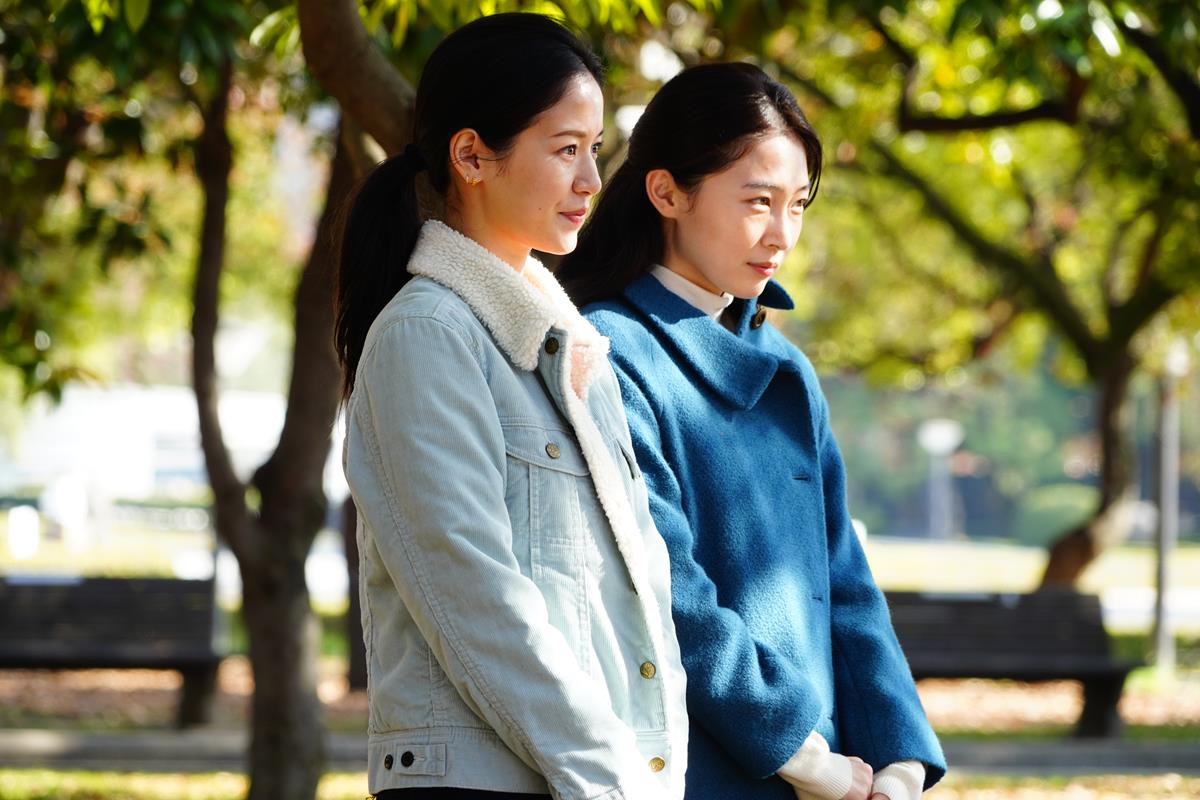
Phil Hoad further explores Hamaguchi’s life and work in The Guardian, revealing he was “a typical video game-and manga-loving teenager before access to Tokyo’s glut of arthouse cinemas while at university broadened his tastes.”
His documentary approach was honed by his 2012 earthquake and tsunami study The Sound of Waves and its two follow-ups. This brought new freshness to his work, “being forced to forget about scripts and react simply to what he shot.”
“I learned how to use the camera correctly, which is to bring out the power of reality,” the director said.
Hoad also explores Hamaguchi’s repetitive rehearsal process.
“His idea is that drumming in the lines without emotion allows actors to fully internalize the text, the better to access authentic emotions in them later.”
This approach bears fruit, as Hoad describes the film as so enigmatic and absorbing that “like Misaki’s ultra-smooth driving, the gear-changes into the philosophical fast lane are hardly noticeable.”
With a nod to the Beatles reference in the title, Hoad feels that with Drive My Car Hamaguchi now has “a ticket to ride in the auteur big league.”
READ MORE: ‘The script is a vehicle’: Japanese director Ryūsuke Hamaguchi on Drive My Car (The Guardian)
Want more? In the video below, watch Hamaguchi in conversation with TIFF programmer Giovanna Fulvi for a Q&A held in advance of the Drive My Car premiere at the 2021 Toronto International Film Festival:
As a rising star of world cinema and a chronicler of the complexity of human relationships, Ryûsuke Hamaguchi takes the stage at the 59th New York Film Festival to discuss his films Drive My Car and Wheel of Fortune and Fantasy:
Paying homage to the tradition of “MA,” or the artistic interpretation of an empty space, in Japanese filmmaking, Hamaguchi pays close attention to the timing, pacing, and “space” within his work. “He keeps tears and drama in check, letting emotion seep in after the heavy blow and in the meaningful silences which, like the negative space of a painting, complete the picture,” film critic Mark Olsen says during a Q&A with the director at JAPAN HOUSE Los Angeles. Watch the full discussion in the video below:
You can also watch Hamaguchi in conversation with “Pachinko” author Min Jin Lee in a Q&A discussion at Film at Lincoln Center:
Or, watch the video essay from Accented Cinema below to learn how Drive My Car utilizes “intertextuality” to add meaning within the film:






